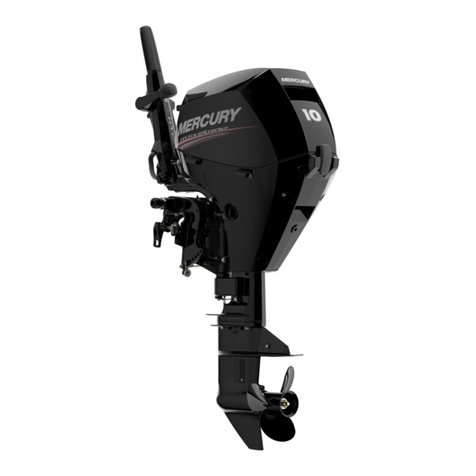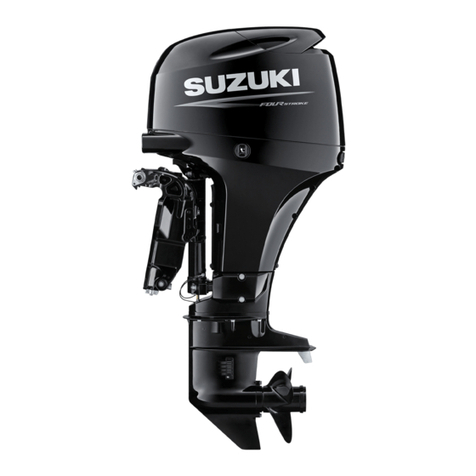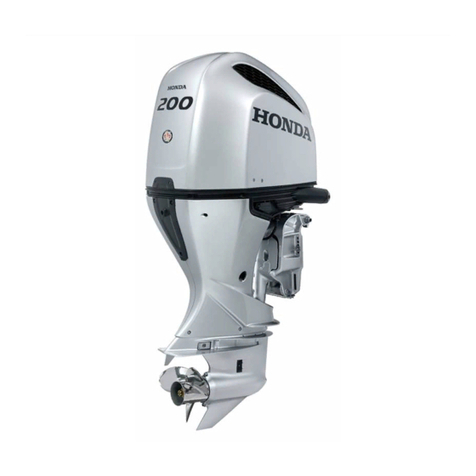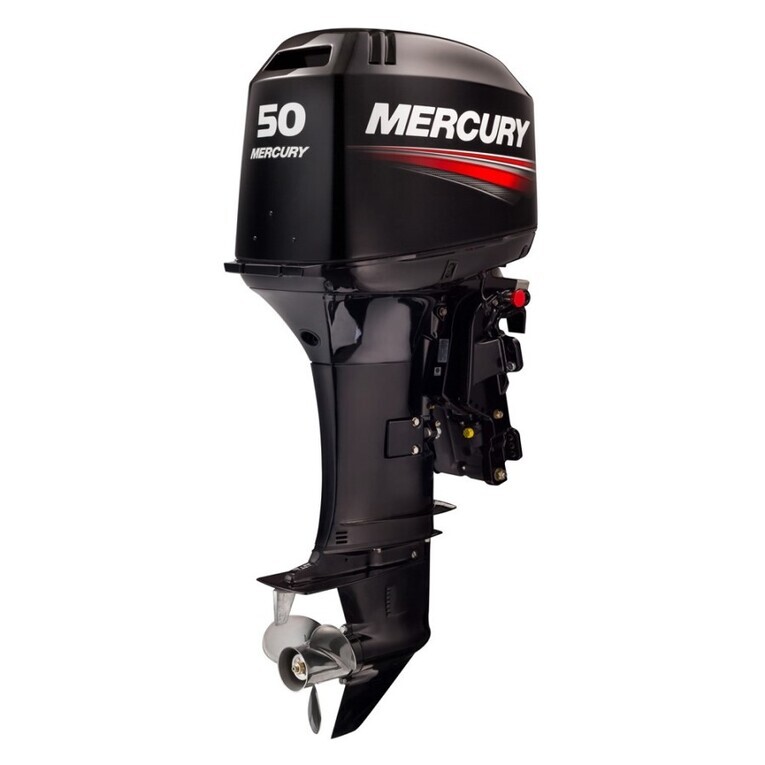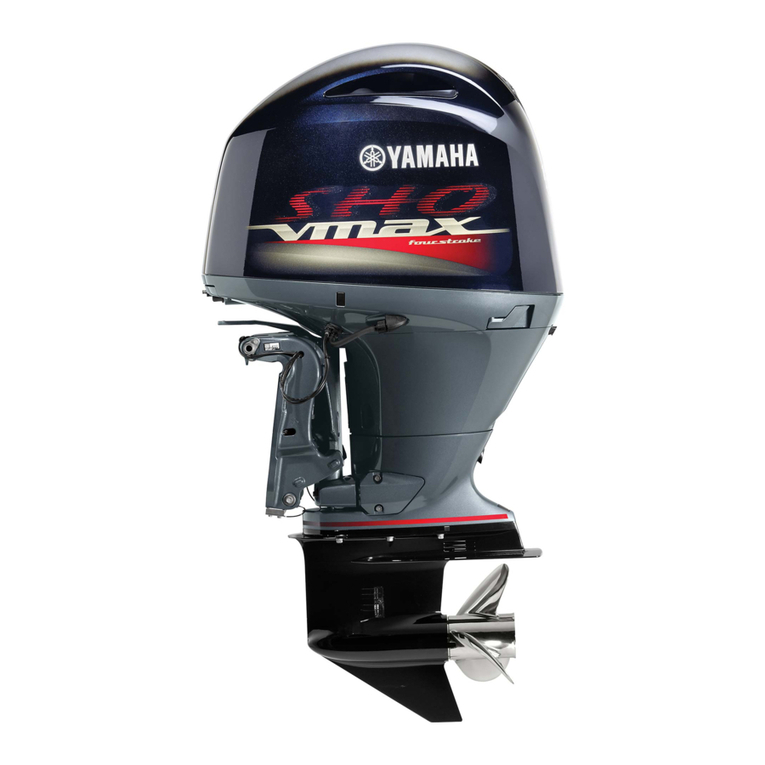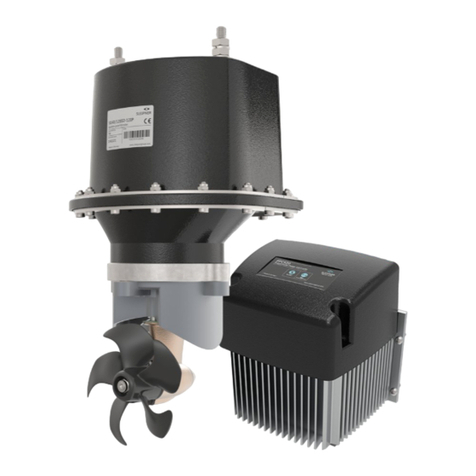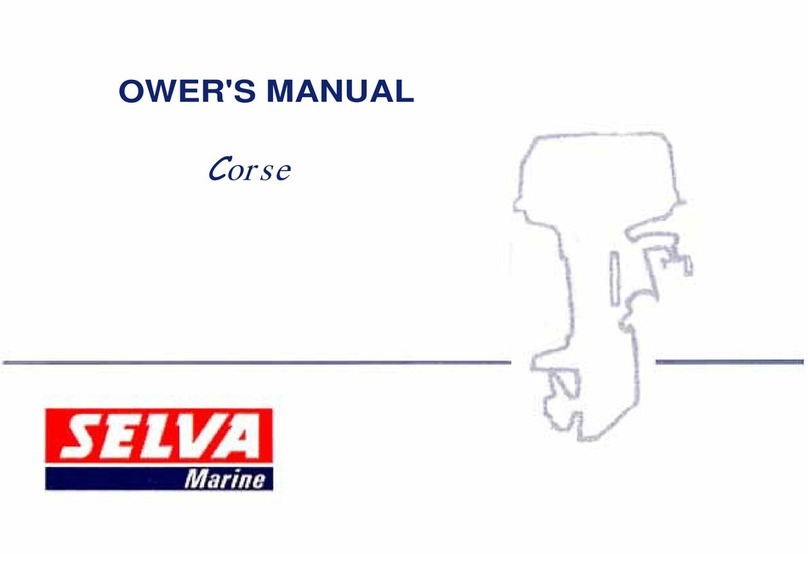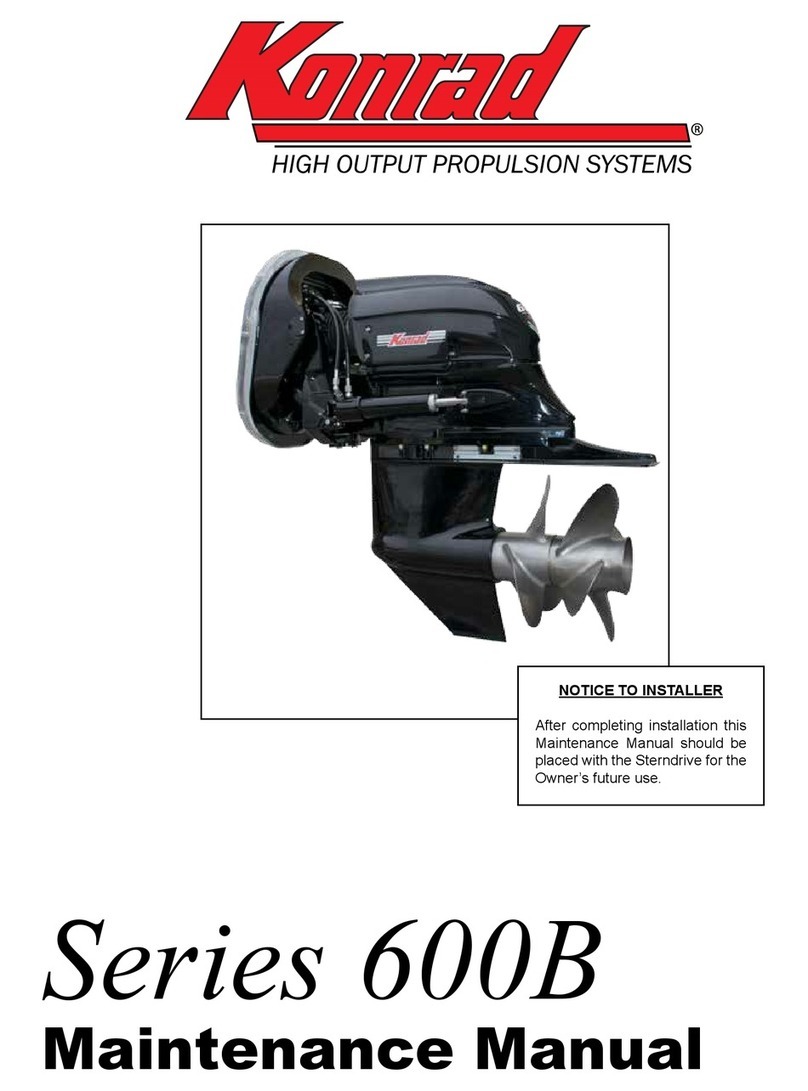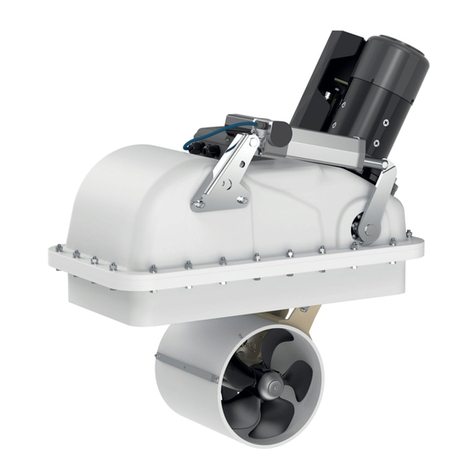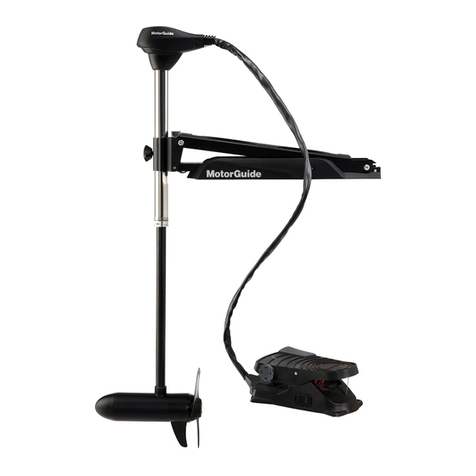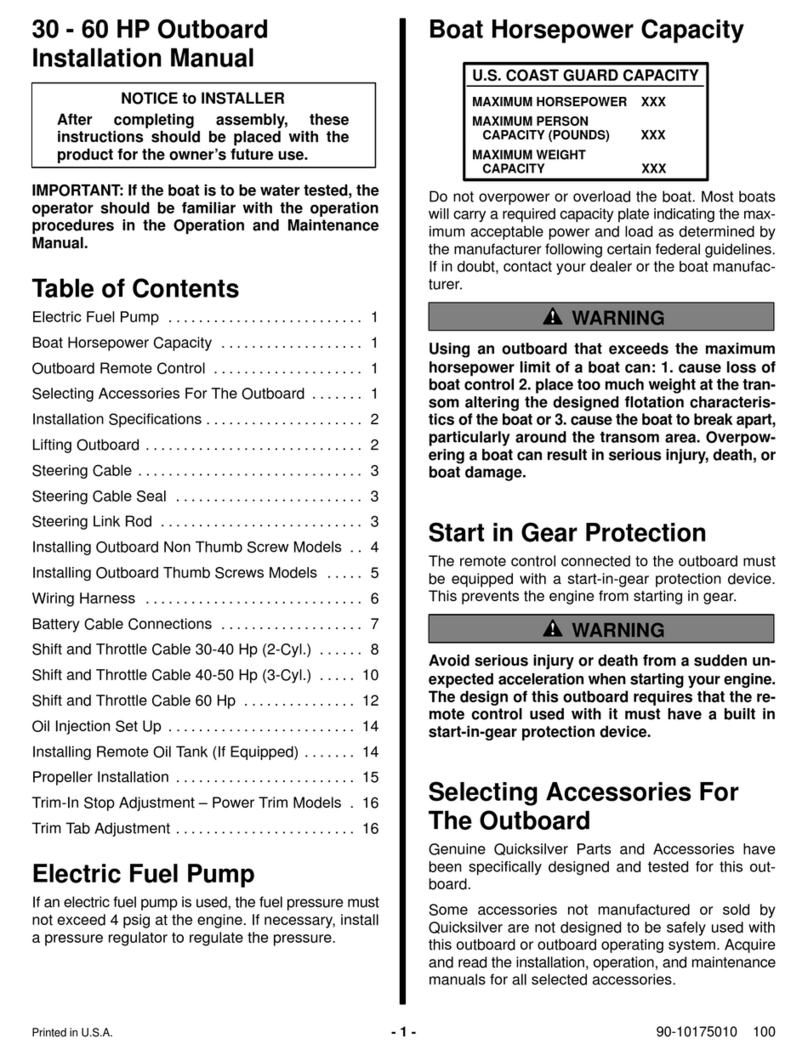KP12 & KP14 Hydraulic Thrusters Kobelt Manufacturing Co. Ltd
Rev A MNL-KP12X-H-TH 2 of 46
TABLE OF CONTENTS
1Introduction ............................................................................................................3
1.1 Contact..................................................................................................................... 3
1.2 Safety....................................................................................................................... 3
2Product Description .................................................................................................5
2.1 Overview.................................................................................................................. 5
2.2 Model Code Key....................................................................................................... 6
2.3 Technical Data.......................................................................................................... 6
2.4 Parts......................................................................................................................... 7
3Installation and Location Selection...........................................................................8
3.1 Tunnel Thruster Location Selection and Installation................................................ 8
3.2 Transom Mounted Thruster Location and Installation........................................... 15
3.3 Lubricating Oil System............................................................................................ 19
4Maintenance and Service....................................................................................... 20
4.1 Preventative Maintenance..................................................................................... 20
4.2 Recommended Spare Parts.................................................................................... 20
4.3 Propeller Installation and Removal........................................................................ 21
4.4 Transom Mount Thruster Tube Removal and Installation...................................... 22
4.5 Setting Coupling Distance ...................................................................................... 24
4.6 Bearing Cap Removal & Oil Drain........................................................................... 24
4.7 Oil Changes ............................................................................................................ 25
4.8 Shaft Seal Replacement ......................................................................................... 26
5Hydraulics.............................................................................................................. 27
5.1 System Requirements ............................................................................................ 27
5.2 Installation ............................................................................................................. 27
6Parts Lists .............................................................................................................. 29
6.1 KP12 Tunnel Thrusters ........................................................................................... 29
6.2 KP14 Tunnel Thrusters ........................................................................................... 31
6.3 KP12 Bolt-On Thrusters.......................................................................................... 33
6.4 Leg Subassembly.................................................................................................... 35
6.5 Shaft Subassembly................................................................................................. 37
6.6 Accessories............................................................................................................. 38
6.7 Parts Lists Notes..................................................................................................... 39
7Technical Drawings................................................................................................ 41
7.1 Tunnel Thrusters.................................................................................................... 41
7.2 Transom-Mounted Hydraulic Thrusters................................................................. 43
8Warranty............................................................................................................... 44
